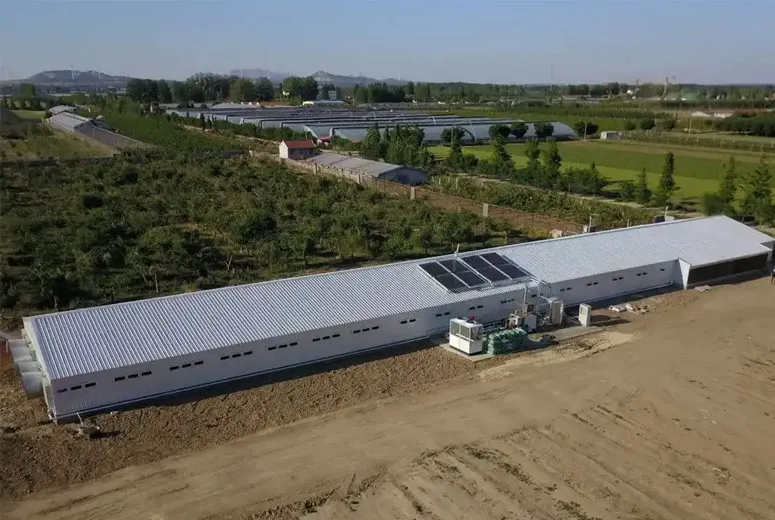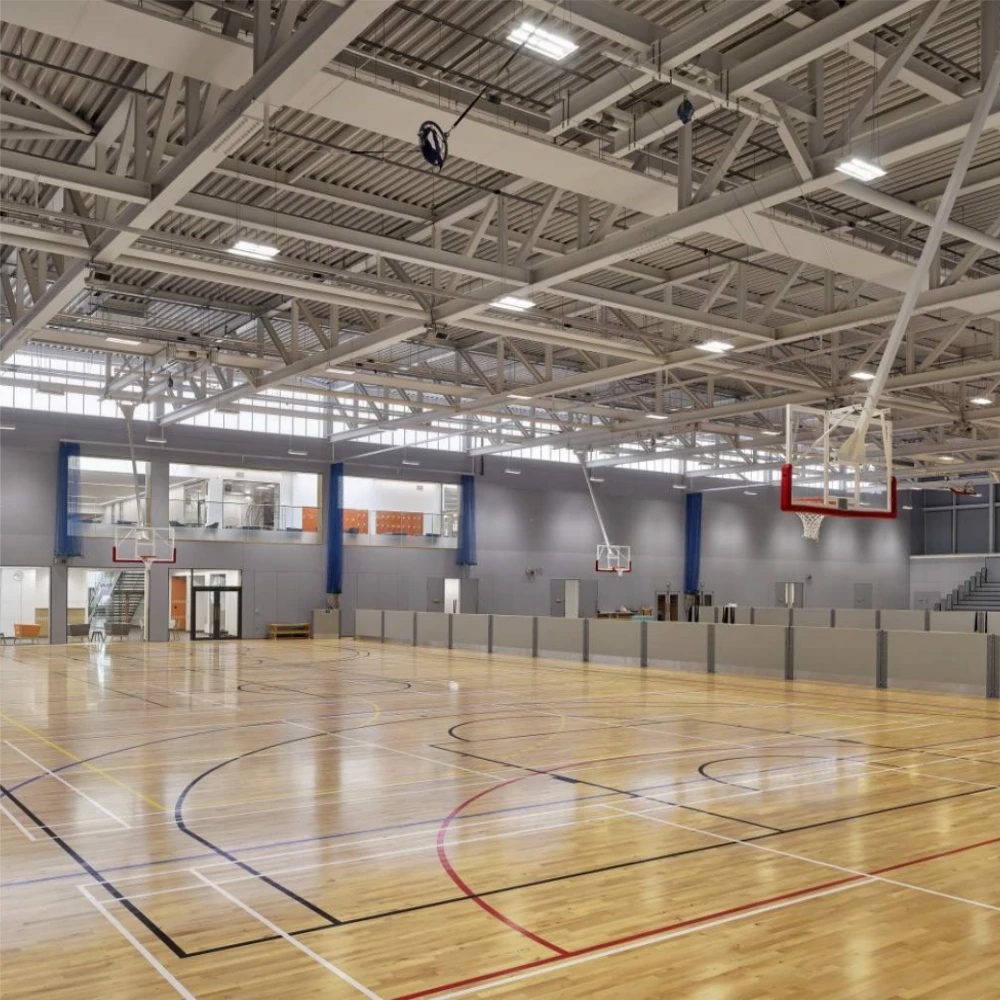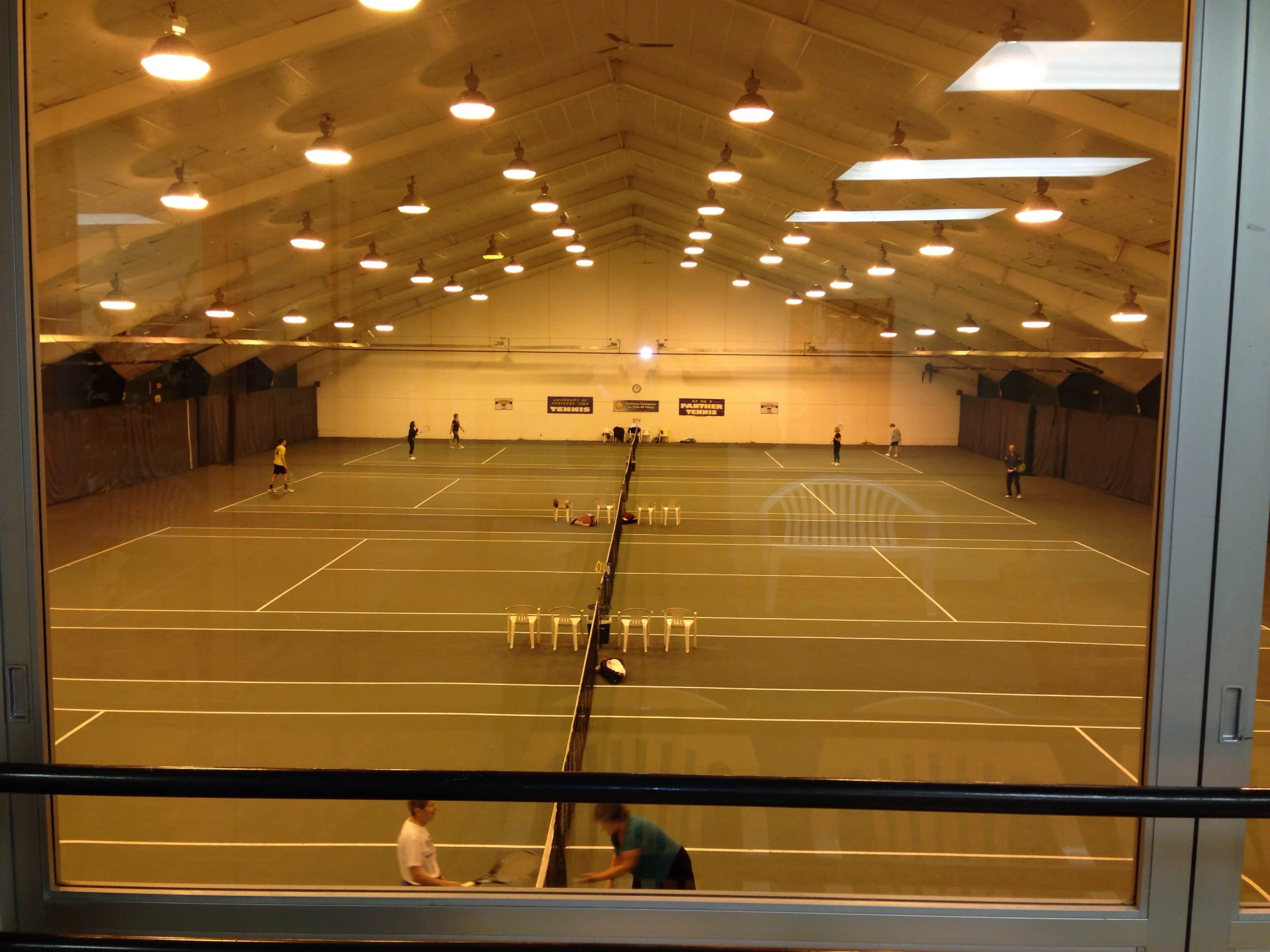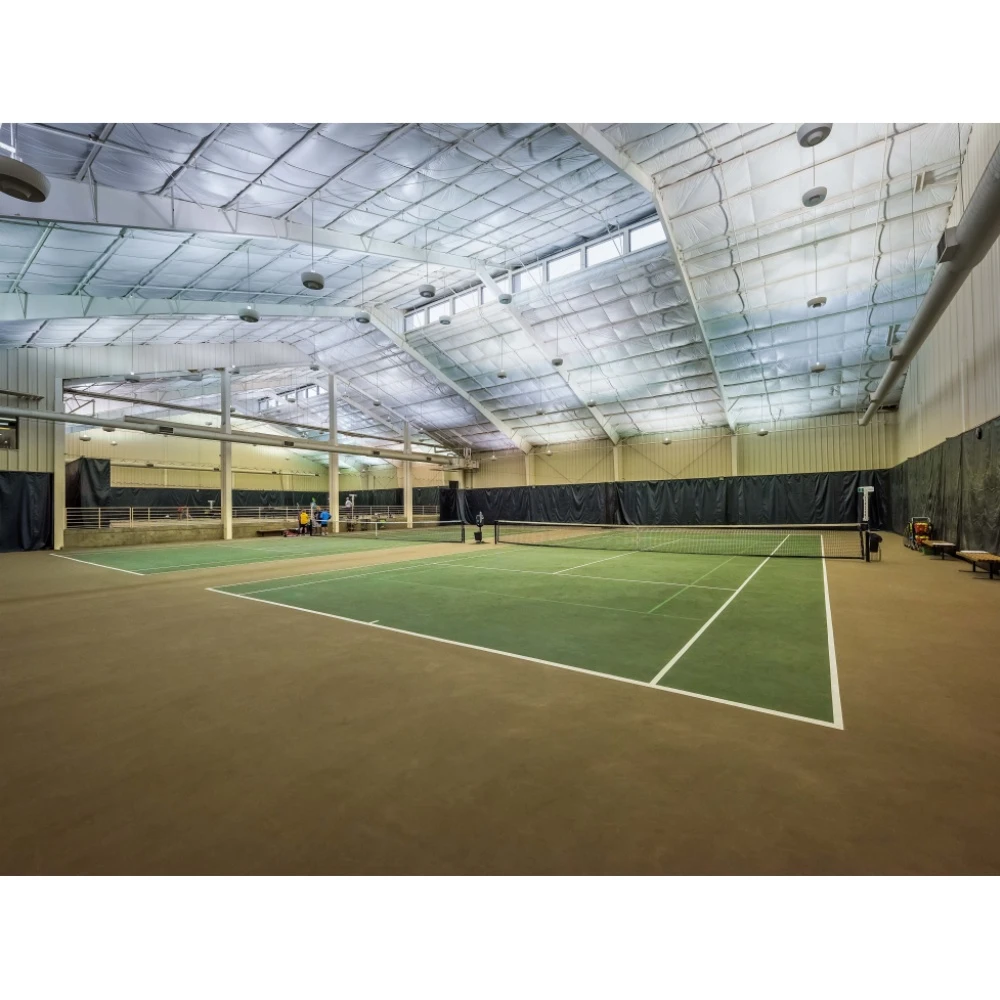- Afrikaans
- Albanian
- Amharic
- Arabic
- Armenian
- Azerbaijani
- Basque
- Belarusian
- Bengali
- Bosnian
- Bulgarian
- Catalan
- Cebuano
- Corsican
- Croatian
- Czech
- Danish
- Dutch
- English
- Esperanto
- Estonian
- Finnish
- French
- Frisian
- Galician
- Georgian
- German
- Greek
- Gujarati
- Haitian Creole
- hausa
- hawaiian
- Hebrew
- Hindi
- Miao
- Hungarian
- Icelandic
- igbo
- Indonesian
- irish
- Italian
- Japanese
- Javanese
- Kannada
- kazakh
- Khmer
- Rwandese
- Korean
- Kurdish
- Kyrgyz
- Lao
- Latin
- Latvian
- Lithuanian
- Luxembourgish
- Macedonian
- Malgashi
- Malay
- Malayalam
- Maltese
- Maori
- Marathi
- Mongolian
- Myanmar
- Nepali
- Norwegian
- Norwegian
- Occitan
- Pashto
- Persian
- Polish
- Portuguese
- Punjabi
- Romanian
- Russian
- Samoan
- Scottish Gaelic
- Serbian
- Sesotho
- Shona
- Sindhi
- Sinhala
- Slovak
- Slovenian
- Somali
- Spanish
- Sundanese
- Swahili
- Swedish
- Tagalog
- Tajik
- Tamil
- Tatar
- Telugu
- Thai
- Turkish
- Turkmen
- Ukrainian
- Urdu
- Uighur
- Uzbek
- Vietnamese
- Welsh
- Bantu
- Yiddish
- Yoruba
- Zulu
Oct . 12, 2024 15:51 Back to list
Small Agricultural Buildings Enhancing Efficiency in Farming
Small agricultural buildings play a crucial role in modern farming, serving various purposes that support agricultural productivity and sustainability. These structures include barns, storage sheds, greenhouses, and animal shelters, each designed to meet specific agricultural needs. With the rise of small-scale farming and the increasing demand for local produce, understanding the functions and benefits of these buildings has never been more important.
One of the primary functions of small agricultural buildings is to provide shelter and protection for crops and livestock. For instance, barns are essential for storing feed, equipment, and livestock, ensuring that animals are safe from harsh weather conditions. In colder climates, proper animal housing is particularly vital, as it helps in maintaining the health of the animals and optimizing their productivity. Similarly, greenhouses allow for the cultivation of plants in controlled environments, enabling farmers to extend the growing season and produce high-quality crops regardless of external weather conditions.
In addition to sheltering livestock and crops, these buildings also play a significant role in improving operational efficiency on farms. Properly designed storage facilities reduce spoilage and loss of goods, particularly for perishable items. When farmers have adequate space to store harvested crops, they can better manage supply and demand, ultimately leading to increased profitability. Furthermore, these buildings often provide farmers with areas to organize tools and machinery, enhancing overall workflow and minimizing time spent searching for equipment.
small agricultural buildings

Sustainability is another crucial aspect of small agricultural buildings. Many farmers are adopting eco-friendly practices, and appropriate building materials and design can profoundly impact the environment. For example, using recycled materials for construction or incorporating solar panels into the design can significantly reduce a farm's carbon footprint. Additionally, well-insulated buildings can help reduce energy consumption by maintaining optimal temperatures for crops and animals, lowering heating and cooling costs.
The versatility of small agricultural buildings also allows farmers to adapt to changing market demands. For example, a barn that was initially used for livestock can be converted into a facility for processing fruits or vegetables, depending on market trends. This flexibility is essential for small-scale farmers who may not have the resources to expand their operations drastically.
Furthermore, the aesthetic appeal of these buildings can enhance the overall look of a farm, attracting visitors interested in agritourism. As more consumers seek experiences related to agriculture and local food production, having charming and well-maintained agricultural buildings can help create a favorable impression, encouraging tourism and potential sales.
In conclusion, small agricultural buildings are integral to the effectiveness and sustainability of modern farming practices. They provide essential shelter for crops and livestock, enhance operational efficiency, promote eco-friendly practices, and offer adaptability to changing market conditions. As the agricultural landscape continues to evolve, investing in well-designed, functional small agricultural buildings will undoubtedly contribute significantly to the success of small-scale farming enterprises. These structures not only support the day-to-day operations of farms but also symbolize the resilience and innovation of farmers striving to meet the challenges of a dynamic agricultural sector.
-
How Do Prefabricated Steel Structures Transform Modern Construction?
NewsJul.14,2025
-
How Do Prefabricated Metal Buildings Redefine Modern Construction?
NewsJul.14,2025
-
How Do Prefab Insulated Metal Buildings and Steel Structures Revolutionize Modern Construction?
NewsJul.14,2025
-
How Do Pre - Engineered Steel Structures Redefine Modern Construction?
NewsJul.14,2025
-
Advancing Modular Construction with Prefabricated Metal Structures
NewsJul.14,2025
-
Advancing Industrial Infrastructure with Prefabricated Steel Solutions
NewsJul.14,2025
Products categories
Our Latest News
We have a professional design team and an excellent production and construction team.











